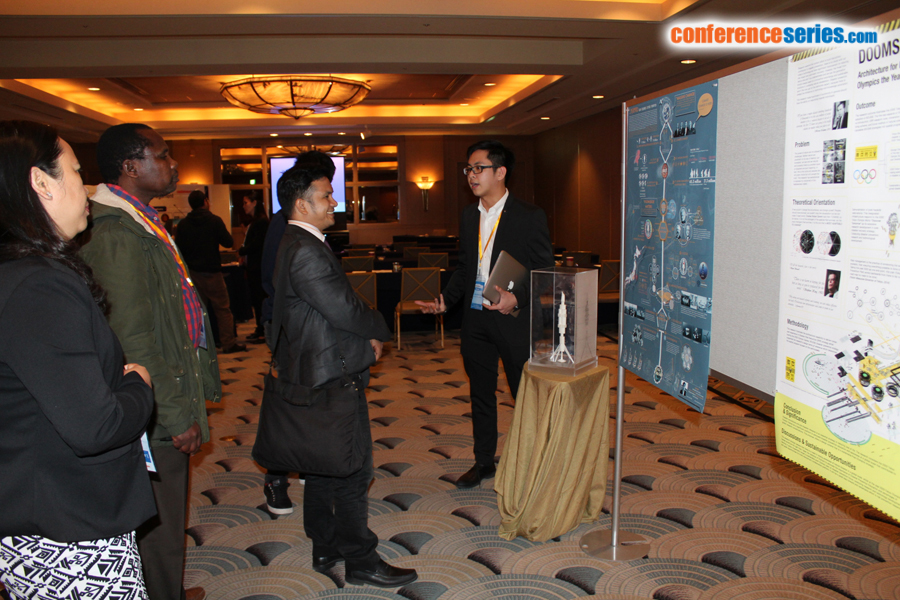
Han Ming Michael Koo
Curtin University, Australia
Biography
Statement of the Problem: The scarcity of habitable land, exponential world population growth and the seemly abruptive climate changes, has post a dire threat to the possible future of human civilization. The need for immediate response and scout for new habitable terrains has slowly become urgent and inevitable. This research seeks to challenge the viability of our current existing habitation, its ability to respond and adapt towards the dynamic situational conditions. The role of architecture, its discipline and design position to respond to the said matter are contributing factors in this search for a responsive and immersive habitation proposal. The research also provides a cross sectional study; in this case, Japan with reference to its geographical conditions and continual impetuous natural disaster risk imposed upon their existing habitation.
Methodology & Theoretical Orientation: Using Architecture as the mediator and medium of investigation, testing the idea of ‘liveability’ across a series of scenarios and expectations. The findings are later presented as a collation of knowledge and ideas using visual communication graphics (research mapping, diagrams and architecture composite drawings).
Findings: The research commences from the idea of incentive outcomes poising questions on the term ‘liveabiity’. The inspirational work of Jules Verne and architect Jacques Rougerie formulate dialogues of possible future underwater colonization. The research explores the four cross sections: the insight of existing underwater structure and concept work that projects possibility underwater living (1), venture into the Japan’s community (organization, education and government) that resonates the interest of future marine development (2), the evolve of architecture direction (3), and align with contemporary event (4). The research illustrates that architectural thinking as mediator to outline hypothetical re-proposition.
Outcome: The visual presentation challenges the idea of repositioning the perspective of underwater as potential platform for future community and creates new opportunity for future marine development and research.
Conclusion & Significance: Architecture intervention can be viewed as an alternate solution in corresponds to the threat of rising sea level and natural disaster. The research formulates a distilled collective of knowledge and expertise in scouring the underwater living conditions and research undertakings.
Abstract
Abstract : The abyss: The search for a responsive underwater habitation






